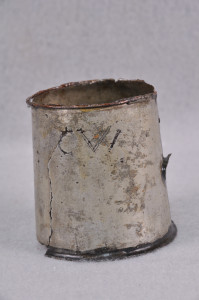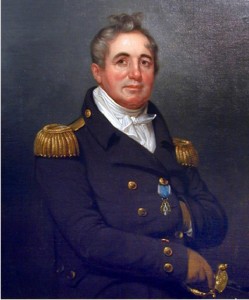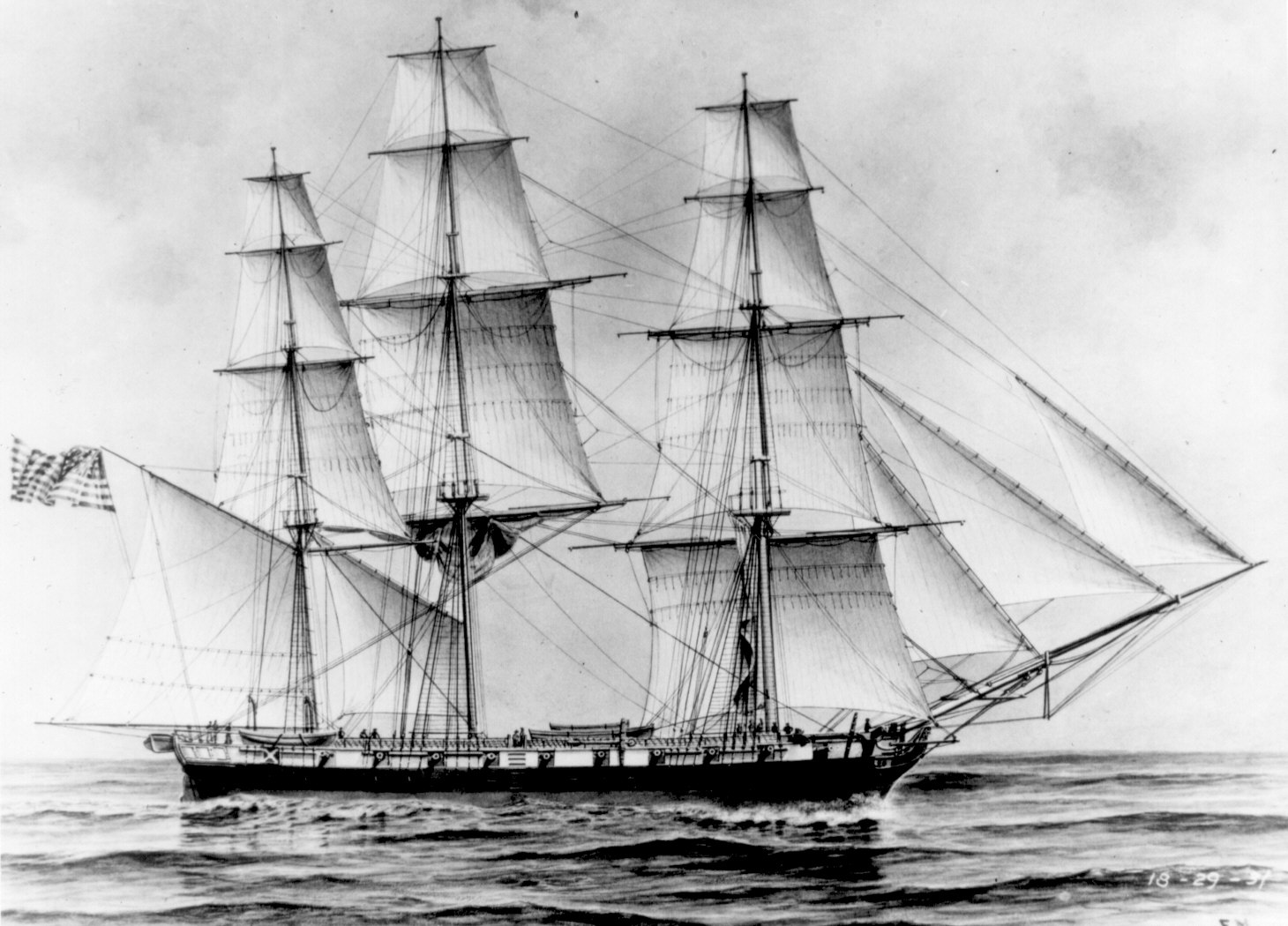On April 15, 1814, Commodore Joshua Barney again wrote to Secretary of the Navy William Jones describing Captain Robert T. Spence’s resistance to transferring his men to the Chesapeake Flotilla. Barney was even more upset when the men finally arrived but were so drunk he had to “[put] the most of them in Irons” and send seventeen others to the hospital.

Writing for the U.S.S. Constitution Museum in Feeding a Frigate, Commander Tyrone G. Martin describes how the United States Navy inherited the tradition of a twice daily “spirit ration” from the British Navy. Since the 1740s, British sailors had enjoyed a serving of rum mixed with an equal share of water. By mixing alcohol and water, Rear Admiral Edward “Old Grog” Vernon (credited with inventing the unusual cocktail) hoped to discourage binge drinking since the water made the rum unpalatable in a short time so sailors could not save up rations for later.
Around 1801, Secretary of the Navy Robert Smith experimented with substituting American sour mash bourbon for the traditional West Indies rum. Around the War of 1812, a Navy sailor would typically receive half their ration at noon and the remainder in the late afternoon after a meal. Sailors who passed on their ration for the day were credited with four cents on their account. Evidently, the sailors recruited by Captain Spence in Fell’s Point the exercised no such restraint.

